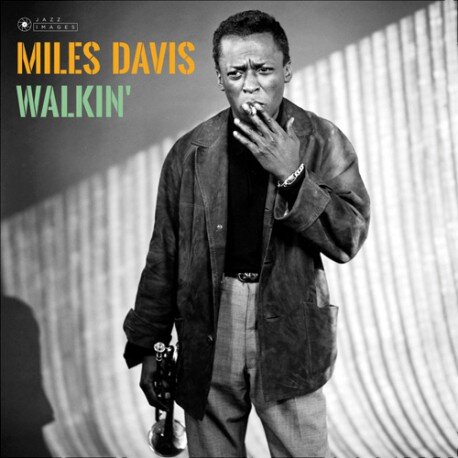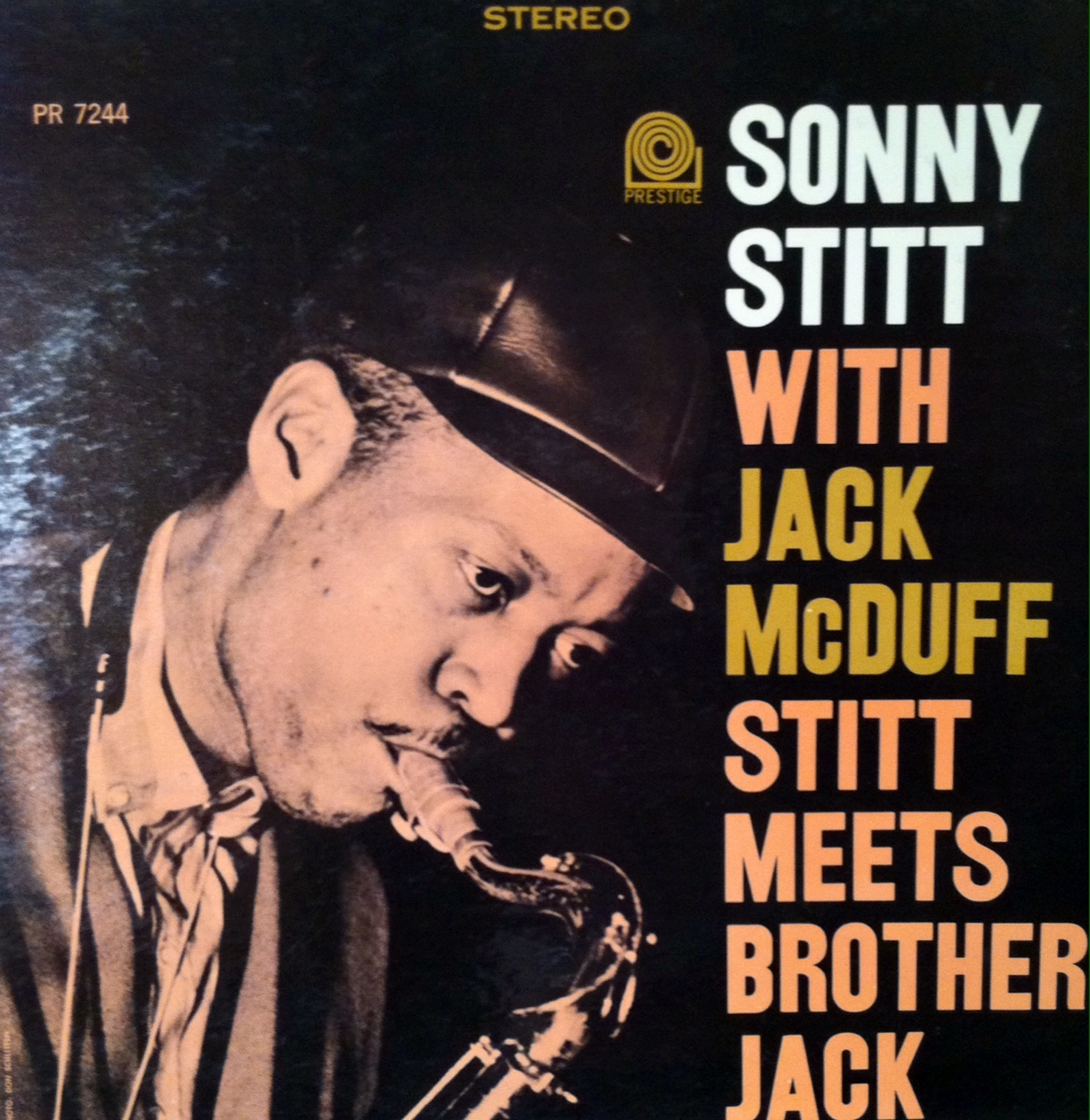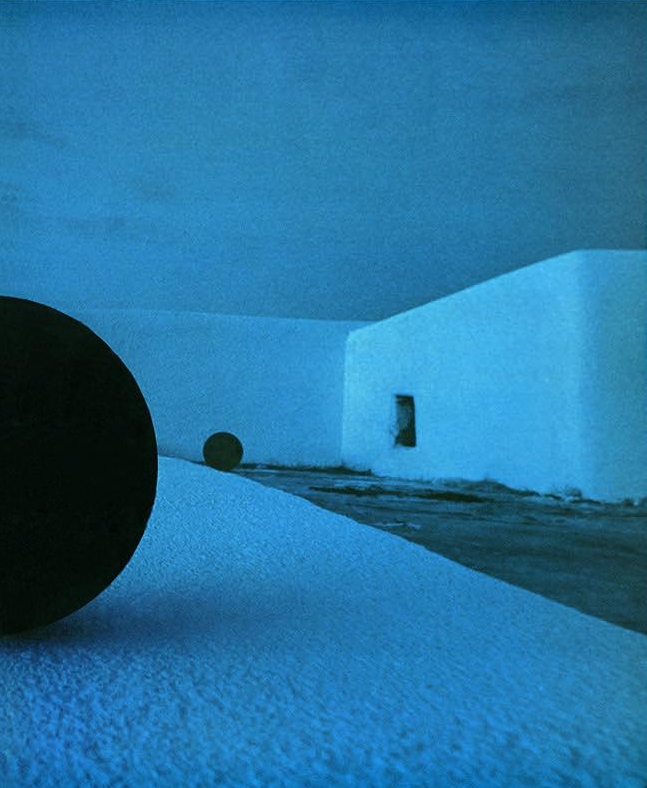Two Classic Toussaint Albums

Allen Toussaint’s recording career lasted almost 60 years and encompassed jazz, blues, mardi gras, funk, pop, and rock music (which is why he has been inducted into both the Blues Hall of Fame and the Rock and Roll Hall of Fame). While his musical output may have taken different approaches from album to album, they are all good and some of them are outright classics. And yet his most significant efforts in the music industry are found “behind the scenes,” in his role as songwriter and producer. He produced records for Dr. John and The Meters, wrote for Aaron Neville and Lee Dorsey, and collaborated with Paul McCartney, Robert Palmer, and John Mayall.
Toussaint technically began his recording career as a substitute for Fats Domino on the piano in 1957 (Domino would overdub his vocals on the record). But the very next year he released The Wild Sound of New Orleans on the RCA Victor label under his first stage name, Tousan. In the next decade, besides serving in the army, he focused most of his efforts on producing and song-writing, even forming his own record label, Sansu. The studio band for this label grew into the recording group The Meters, and the records Toussaint produced during the 1960s are credited with helping to create the New Orleans funk sound.
He resumed his recording career in earnest in 1971 with the album Toussaint, followed by 1972’s Life, Love and Faith, finally arriving at his beloved classic Southern Nights in 1975.
Allen Toussaint, Southern Nights, Reprise Records, 1975 (illustration by George Stavrinos)
The album has one of those covers that makes even more sense once you listen to the music. As the work has taken on the status of “iconic” in Toussaint’s catalog, it is all the more appreciated that it is accompanied by such tremendous album art. Illustrator George Stavrinos created the idyllic scene of a man at sunset joined by his faithful companion and enveloped in the majesty of a southern landscape. He would focus on portraits rather than landscapes for his other album designs, including for Jose Feliciano, the Hollies, Bunny Berigan, and The American Jazz Orchestra.
Jose Felciano, Angela, Private Stock Records, 1976 (illustration by George Stavrinos)
The Hollies, The Hollies–Clarke, Hicks, Sylvester, Calvert, Elliott (compilation album), Epic Records, 1977 (illustration by George Stavrinos)
Bunny Berigan, The Complete Bunny Berigan Volume Two, Bluebird Records, 1986 (illustration by George Stavrinos)
The American Jazz Orchestra conducted by John Lewis, Ellington Masterpieces, East West Records, 1989 (illustration by George Stavrinos, alternate version)
Stavrinos will best be remembered, however, for his work in fashion illustration and male studies that graced the pages of gay magazines such as Blueboy and Christopher Street. He was a first generation Greek American who moved to New York City after graduating the Rhode Island School of Design. Upon arrival in New York he immediately gained work at Milton Glaser’s Pushpin Studios. His designs for Bergdorf Goodman helped set the visual standard for 1980s fashion illustration and are perhaps still under appreciated to this day. This could in part be due to his early death from complications of the AIDS virus at the age of 42. After his death, his family did not actively work to promote his art or legacy and only with the efforts of the Society of Illustrators (who have held exhibitions and inducted him into their Hall of Fame) have Stavrinos’ contributions been celebrated again.
George Stavrinos, illustration for Vogue Magazine, April 1983
But back to Allen Toussaint…
Like so many masterpieces, Southern Nights was not quite fully appreciated upon its release, especially commercially. But Toussaint, when interviewed about the record twenty years later, labeled it his best effort. Then again, that was in 1994 and he still had plenty of productive years ahead of him. In the 21st century he collaborated with Elvis Costello, Eric Clapton, Cyndi Lauper, and John Fogerty on both individual songs and entire albums. And though a posthumous solo effort was released in 2016 (American Tunes) his last studio album as a leader came in 2009. The Bright Mississippi, a tribute to New Orleans music, was created when Toussaint was trying to figure out how to return to the Crescent City after Hurricane Katrina forced him to evacuate, eventually to New York City. Producer Joe Henry’s liner notes affirm the musician’s rumored reluctance for the spotlight with the following anecdote:
One day in a studio in Los Angeles, while grabbing a piano overdub on a song we’d recorded earlier that afternoon, he began amusing himself between takes by blowing freely and with great invention through a song by Fats Waller. I was stunned. It was a revelation to hear this music (“my parents music,” he later offered) interpreted through Allen’s very unique point of view. The song, inherently rhythmic as a composition, was transfigured by a left hand schooled in New Orleans, and by the melodic sensibility of a most particular kind of songwriter. “Have you ever considered making a record like that?” I quickly asked him over the talkback. “Never,” he said with a slight grin, and kept playing by way of assuring me that he most certainly had.
Allen Toussaint, The Bright Mississippi, Nonesuch Records, 2009 (photo by William Claxton)
Though it would take many years and many pleas, Joe Henry did convince Toussaint to make such an album, which features renditions of music originally by Jelly Roll Morton, King Oliver, Louis Armstrong, Sidney Bechet, and many other New Orleans jazz pioneers. And, like Southern Nights, so too does The Bright Mississippi offer incredible cover art. The latter features a reproduction of William Claxton’s photograph New Orleans, 1960. This choice makes a lot of sense if you consider that Claxton was passionate about jazz himself, and photographed hundreds of jazz artists during his career. His work documenting Chet Baker in the 1950s has become not just stylish but important historically, and his books Jazz and Jazz Life remain sought-after.
While Claxton’s career was not exclusively rooted in jazz (he created memorable photo essays on movie star Steve McQueen and fashion models such as his eventual wife Peggy Moffitt) it is no surprise that his work also graced the covers of jazz albums for the likes of Bill Evans, Clifford Brown, Ornette Coleman, Miles Davis, Muddy Waters, Billie Holiday, and Nina Simone.
Ornette Coleman, The Shape of Jazz to Come, Atlantic Records, 1959 (photo by William Claxton)
Claxton saw a good number of his shots appear on album covers in his own lifetime, but the Jazz Images label is helping to shine even more light on Claxton’s archive by utilizing his classic photographs on their reissue series of memorable jazz and blues albums of the past.
Muddy Waters, Live at Newport 1960, reissue by Jazz Images, 2018 (photo by William Claxton)
Miles Davis, Walkin’, reissue by Jazz Images, 2018 (photo by William Claxton)
John Coltrane, My Favorite Things, Jazz Images reissue, 2018 (photo by William Claxton)
Allen Toussaint’s Southern Nights and The Bright Mississippi cannot easily be compared. The first is a mix of 1970s rock, funk, and R&B, whereas the latter is based on the roots of New Orleans jazz. They were created at two different ends of Toussaint’s life and yet they are two of the brightest spots in his recording career. That, in no small part, is due to the large investment in production on both albums, which extends all the way to the choice of a world-class artist for the respective cover artwork.
Allen Toussaint (1938-2015)
https://www.songhall.org/profile/allen_toussaint
George Stavrinos (1948-1990)
https://visualaids.org/artists/george-stavrinos
William Claxton (1927-2008)
https://www.nytimes.com/2008/10/14/arts/design/14claxton.html

















